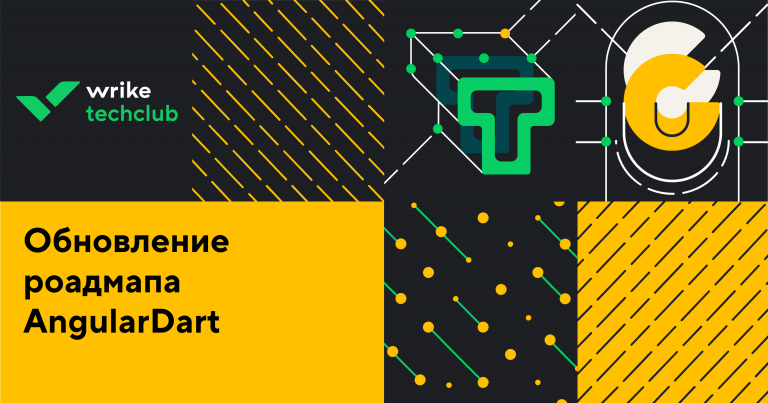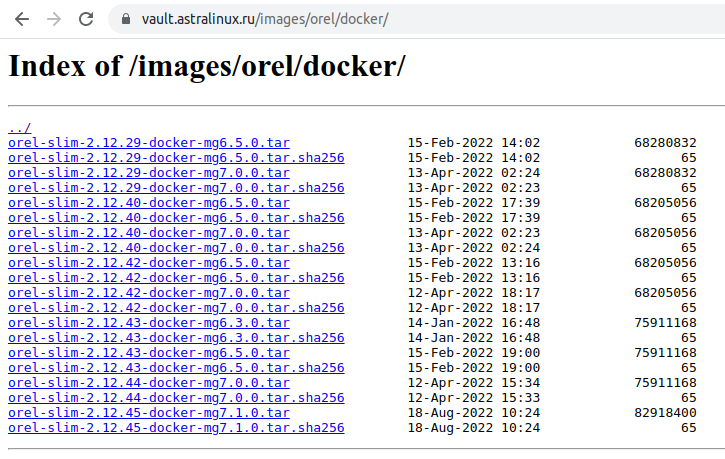Level design in Dishonored

Dishonored has always impressed me not only with its gameplay, but also with the level layout, the architecture of the world. I was always impressed by the many interesting tasks, scenes in the game, which, indeed, are many. For the sake of interest, I decided to replay the game and look at it with a fresh look, look at it from the point of view of level design. Let’s see what we can find interesting.
Atmosphere
Architecture is an exercise in storytelling, a medium for storytelling, a canvas for changing social myths, a stage for the theater of everyday life. The appearance of certain types of architectural structures has always been determined by the political structure of the state, its social structure, ideological requirements, living conditions, the system of religious beliefs, and folk traditions. Dishonored uses mostly sharp and direct forms, which helps us to understand that the atmosphere of the country of the authoritarian regime prevails here (Fig. 1). We can learn about the structure of the state in the game later from the notes left by the developers. If you move around any city, you can see how clogged and dirty they are, which indicates inept government. The presence of a clock tower on each level is also impressive (Fig. 2).

In Dishonored, you can find a large number of talking details. Some of the most interesting are the rat plague signage, which helps you understand that there may be rats or infected nearby (Fig. 1). Signs that the protagonist is wanted explain why the guards are constantly hostile to the player (Fig. 2). A sign with a map, which can be found in the city, gives an idea of the player’s progress (Fig. 3).

visual language
Designers use the slope of the building’s roof to create two different spaces: one for movement and one for level boundaries. The small angle of the roof tells the player about the possibility of walking on it (Fig. 1). However, a large angle of inclination marks the boundary of the level (Fig. 2). If the player tries to overcome it, he will slide on a similar roof.

In Dishonored, developers often use a large number of boxes or rectangular objects to create stepped surfaces. This allows the player’s eye to be stimulated to move across these surfaces. This technique is widely used in Dishonored.

In Dishonored, the developers use rounded shapes to indicate safe zones for the player. One example of this use is the placement of mattresses, which mark places where the player can safely land on the surface without causing any damage to themselves.

Sharp shapes are always a danger to the player. In the game, these forms serve as a warning to the player that attempting to cross such boundaries will inflict damage (Fig. 1). For example, some surfaces are processed by developers using barbed wire to mark the level boundary (Fig. 2).

Developers use sloped surfaces and additional light sources to draw the player’s eye and guide the way. Such inclined surfaces, as well as static objects organized in the form of a ladder, force the player to pay attention to them and push him to go along this path.

Red paint is used to mark places where the player can climb up (Fig. 1). Red lights are used to indicate alternative passages, mainly through pipes (Fig. 2).
The game uses red paint to indicate places where the player can climb up (Fig. 1). Red lights are used to indicate alternative paths, most commonly through pipes (Fig. 2).

Developers also use visual language to indicate danger. So, for example, to designate a flock of rats, traps and other enemies, skull icons are used, which are highlighted with bright light (Fig. 1). To designate containers where there is a wolfhound, a special sign with an illustration of this creature is used (Fig. 2). In locations where electricity is present, warning labels can always be found (Fig. 3).

To visualize locked doors that the player cannot open in any way, there are many options: bostwig doors (Fig. 1), metal plates (Fig. 2), metal plates with a plague sign, which may indicate that there may be an enemy nearby (Fig. 3), various trash in the doorway from objects with which the player is unable to interact (Fig. 4).

Wires are used to indicate a connection between a switch and some other object. Most often, this designates electrical traps that can be turned off. Sometimes the reception of connections is also used to create alternative paths.

To attract the attention of the player, one interesting trick is used: a broken bottle with a blubber and a flowing liquid from above. This creates a situation in which the player looks up and looks for ways to move further in the location.

Gameplay in locations
Of course, the main feature of Dishonored is its multi-level locations. This allows the player to be stealthy throughout the game, to be in that area of the level that is invisible to enemies. In the game you can find various shelters that provide an opportunity to observe the enemy. Some covers do not provide complete invisibility of the player (Fig. 1), but expand the field of view for tracking the enemy. There are also metal plates that hide the player in the crouch (Fig. 2). In addition, in the game you can find shelters that completely hide the player in any position (Fig. 3).

Comfortable movement allows the player not to stumble over small objects and not be annoying when passing. For example, you can meet narrow, in the opinion of the player, surfaces on which he can move (Fig. 1). In fact, the invisible surface on which the player moves is much wider so that it is not possible to easily fall off it. Inside any room of the building, everything is divided into areas (Fig. 2), for example, the developers separately allocate a recreation area, a large dining table, and workplaces. The elimination of chaos in the room does not allow the player to get lost, he divides it in his head into zones, which he then remembers. Also, developers most often distinguish these zones with the help of carpets.

The player must always be aware of the presence of the enemy – this is one of the rules of the game, which is inviolable throughout the game. That is why the developers at the very beginning of any location with the enemy let you know about their presence. This is achieved, for example, with the help of viewpoints at the very beginning of the location, which are inaccessible to the enemy (Fig. 1). Sometimes, if there are no such points at the very beginning of the location, then the player is often met with dialogues between opponents (Fig. 2).

Dishonored can still surprise with a map of opportunities for the player. The next location can always be reached in at least two ways and is designed for any style of passage. For example, in the following picture, you can see two clear ways to get to the next space: it’s a ladder (yellow), which will eventually lead to a place where you can see the exit from the location and the enemy, or it’s a chain (lilac), which allows you to approach already to another place, allowing you to see the same enemy in the same way and exit from the location. Any way of passing leads the player to the same point (exit from the location, building), which makes it possible for a person to better create a map of the area where exactly he is. If the paths to the next location were different, then it would be much more difficult to determine your location.

It is not uncommon to find locations in the game that are built in such a way that the player can always immediately see the challenge (i.e. the enemy), the solution (methods of elimination), the priority (exit from the location). For example, in the following image, you can see that there is a challenge in front of the player – a guard whose movement can be easily remembered. The solution is a garbage container where you can hide the corpse of the enemy. Priority is the door leading to the next location. Everything is done in such a way that all of the listed elements were always in front of the player’s eyes.

Another of the interesting moments of constructing a solution and a priority. For example, in the same location, when the player eliminates the enemy, he will most likely want to hide the corpse. One way is a container. The priority and decision are built in such a way that when hiding a corpse in a container, the player will immediately see the exit from the location in front of him, which allows him not to make unnecessary movements, but immediately move towards the door.

Assessing the situation is also very important for the player to create a map of the enemy’s movement in his head and find a solution. In order to make it easier for the player to remember the movement of the enemy, the developers use the multi-level locations and create circulation of the enemy’s movement with the help of various shelters. These rules allow the player, being in a safe zone from the enemy, to quickly form a movement map.

An example of interaction with the environment and tasks with a visible solution. When the main character is unpretentiously locked with boards and left without weapons, then, having examined the location, you can see bricks that the player will guess to use to destroy wooden boards. There is also a security mechanic. With a certain number of bricks, they begin to regenerate at the location so that the player, with any number of attempts, can overcome the task.

Developer Arkane Studios is very skillful in approaching the player’s first encounter with rats and teaching them a few mechanics. At first, the player sees that swarms of rats pose a serious danger to him and can easily kill him (Fig. 1), later the player may notice that the same flock does not pay attention to him when rats eat victims (Fig. 2), the third phase is to teach the player the ability to drag bodies from one place to another, until he does so, he cannot go any further. The fourth final phase is a test of reinforcement for trained mechanics. The player’s attention is first focused on the corpses that fall from above and the rats that are busy eating the victim. He can climb the surface, which is highlighted with red ribbons. The player needs to take one of the corpses and throw it into the abyss in order to go further (Fig. 4).

In Dishonored, codes for safes are almost always located in the same space as safes. For example, upon seeing the first safe that needs a code, the player may notice a code hint behind the bottles on the shelf. Made it so that the player doesn’t have to run around the level looking for the code, as they might think it might be the code for another safe.

On one of the initial levels of the game, you can find another interesting puzzle. If the player uses the heart, they will notice a rune hidden behind a bookcase. A clue that this closet is a door is the strokes on the floor indicating the direction of movement (Fig. 1). The player will then notice a bright red book (Fig. 2), which is actually a dummy and lever to open a secret vault (Fig. 3).

Total
Dishonored, 10 years later, once again shows the hand of the once coolest masters from Arkane Studios, which still amaze me with its art style and architecture. In the game you can find a lot of interesting design solutions that can still surprise you. Dishonored can be safely taken for study.




